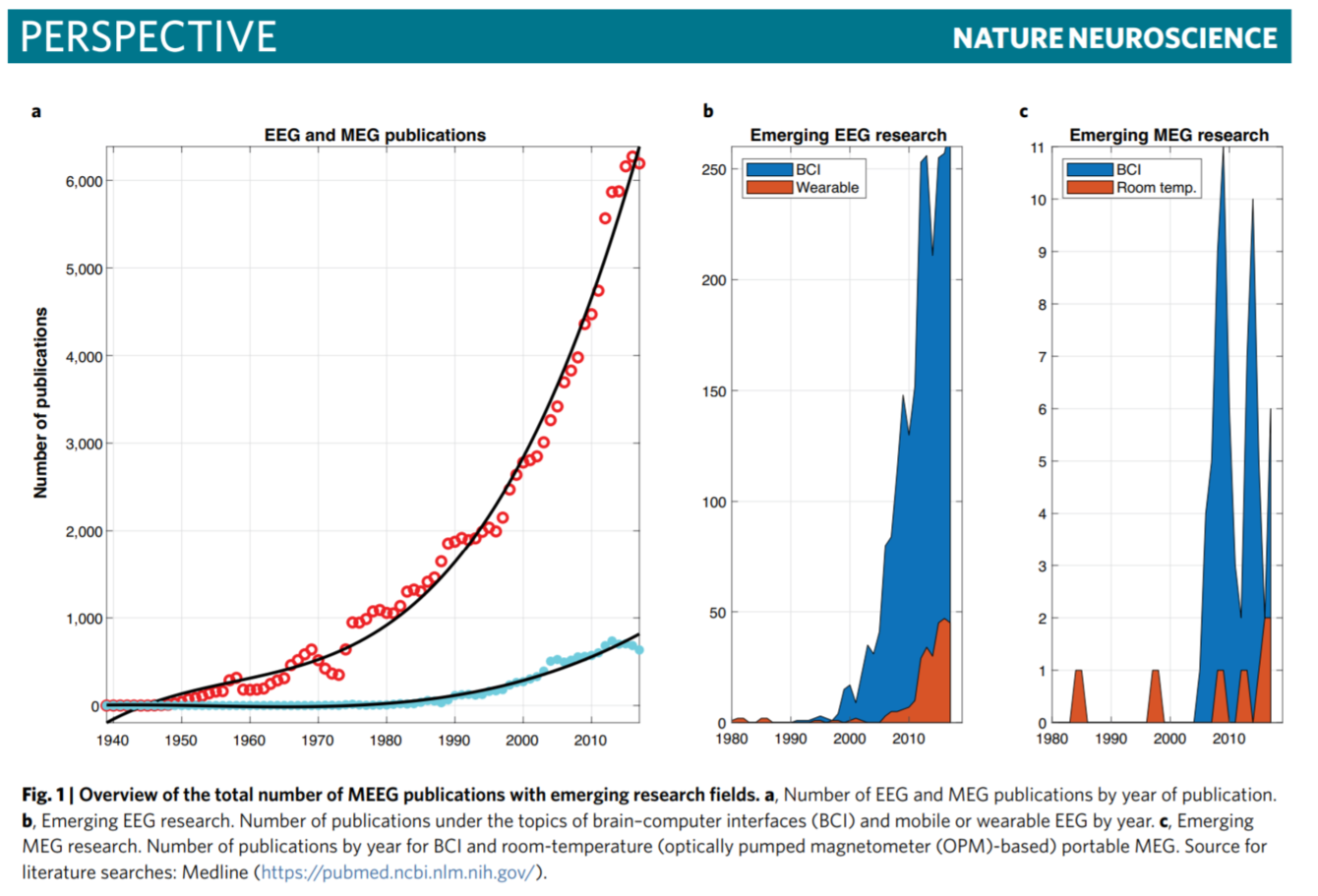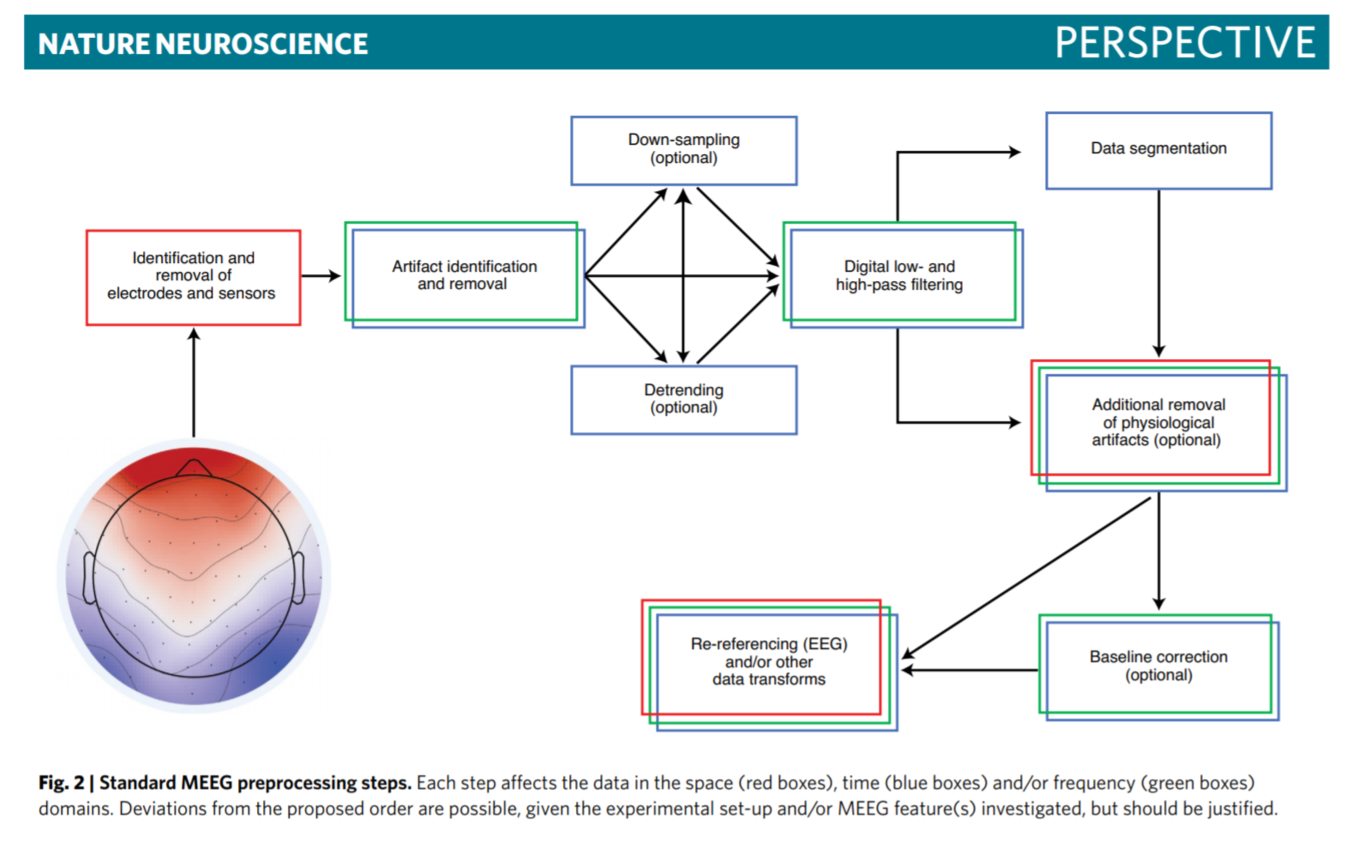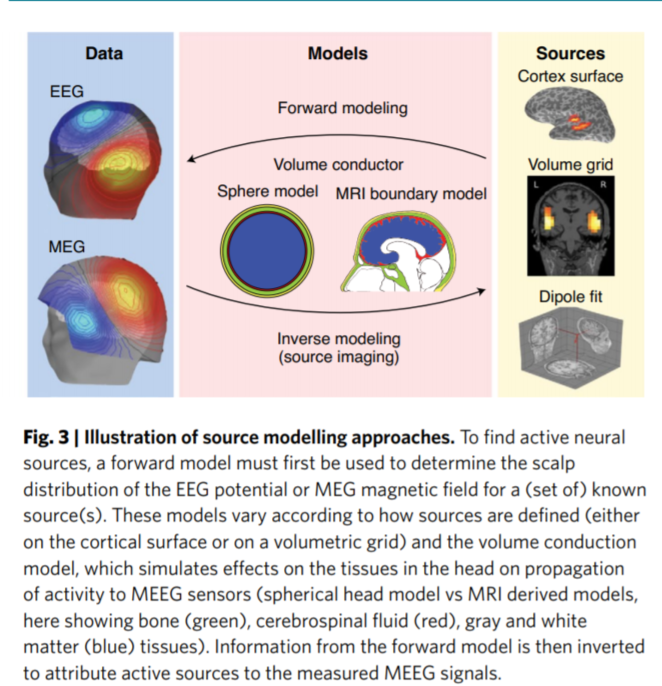A Perspective paper entitled ‘Issues and recommendations from the OHBM COBIDAS MEEG committee for reproducible EEG and MEG research’ co-authored by Cyril Pernet, Marta I. Garrido, Alexandre Gramfort, Natasha Maurits, Christoph M. Michel, Elizabeth Pang, Riitta Salmelin, Jan Mathijs Schoffelen, Pedro A. Valdes-Sosa and Aina Puce has been recommended by the Organization for Human Brain Mapping (OHBM) and published in Nature Neuroscience, see Abstract below.

OHBM is actively engaged in promoting open science practices in neuroimaging aiming to foster reproducibility and replicability of scientific findings. It created Committees on Best Practices in Data Analysis and Sharing (COBIDAS) which developed and published reports on commonly agreed-on practices. The authors of the Perspective paper are members of the COBIDAS committee created by the OHBM.
A key contributor to the work and important collaborator in the recommendation is CIBM EEG HUG-UNIGE Clinical and Translational Neuroimaging Section Head , Professor Christoph Michel from the University of Geneva. The methods and tools developed in his Section have been integrated in the article. In particular, the software Cartool by CIBM technical staff scientist Dr. Denis Brunet, is providing data analysis methods that are based on these recommendation standards.

Professor Michel was the President of the Local Organizing Committee of the OHBM meeting in Geneva in 2016 that brought together over 4,500 neuroimaging researchers. He was also a Member of the Program Committee of OHBM from 2015-2018 and has initiated a dialog between the OHBM council and the WHO in 2016 to foster the application of neuroimaging research in developing countries.
The OHBM, as one of the largest neuroimaging communities, is engaged in diverse promotions of collaborations and scientific exchange within the community. Being actively involved in this organization ensures awareness and involvement on the part of CIBM in the ongoing developments in the research field.

Guidelines and recommendations for neuroimaging research is particularly important for research centers like the CIBM whose mission is to support and educate the local research community with state-of-the art biomedical neuroimaging tools that correspond to the highest international standards.
The COBIDAS MEEG report exists as a living document in the format of a WordPress blog that invites feedback and comments with version-controlled preprint releases on the Open Science Framework.
Abstract:
The Organization for Human Brain Mapping (OHBM) has been active in advocating for the instantiation of best practices in neuroimaging data acquisition, analysis, reporting and sharing of both data and analysis code to deal with issues in science related to reproducibility and replicability. Here we summarize recommendations for such practices in magnetoencephalo-graphic (MEG) and electroencephalographic (EEG) research, recently developed by the OHBM neuroimaging community known by the abbreviated name of COBIDAS MEEG. We discuss the rationale for the guidelines and their general content, which encompass many topics under active discussion in the field. We highlight future opportunities and challenges to maximizing the sharing and exploitation of MEG and EEG data, and we also discuss how this ‘living’ set of guidelines will evolve to continually address new developments in neurophysiological assessment methods and multimodal integration of neurophysiological data with other data types.
The paper is available here: https://doi.org/10.1038/s41593-020-00709-0
Perspective
Perspective is a format for scholarly reviews and discussions of the primary research literature that does not meet the criteria for a comprehensive Review—either because the scope is too narrow, or because the author is advocating a controversial position or a speculative hypothesis or discussing work primarily from one position. The text should not normally exceed 4,000 words. As a guideline, Perspectives allow up to 100 references and 8 display items.
Two pieces advocating opposite sides in a research controversy are normally published as Perspectives.
About the Nature Neuroscience journal: https://www.nature.com/neuro/about/content
